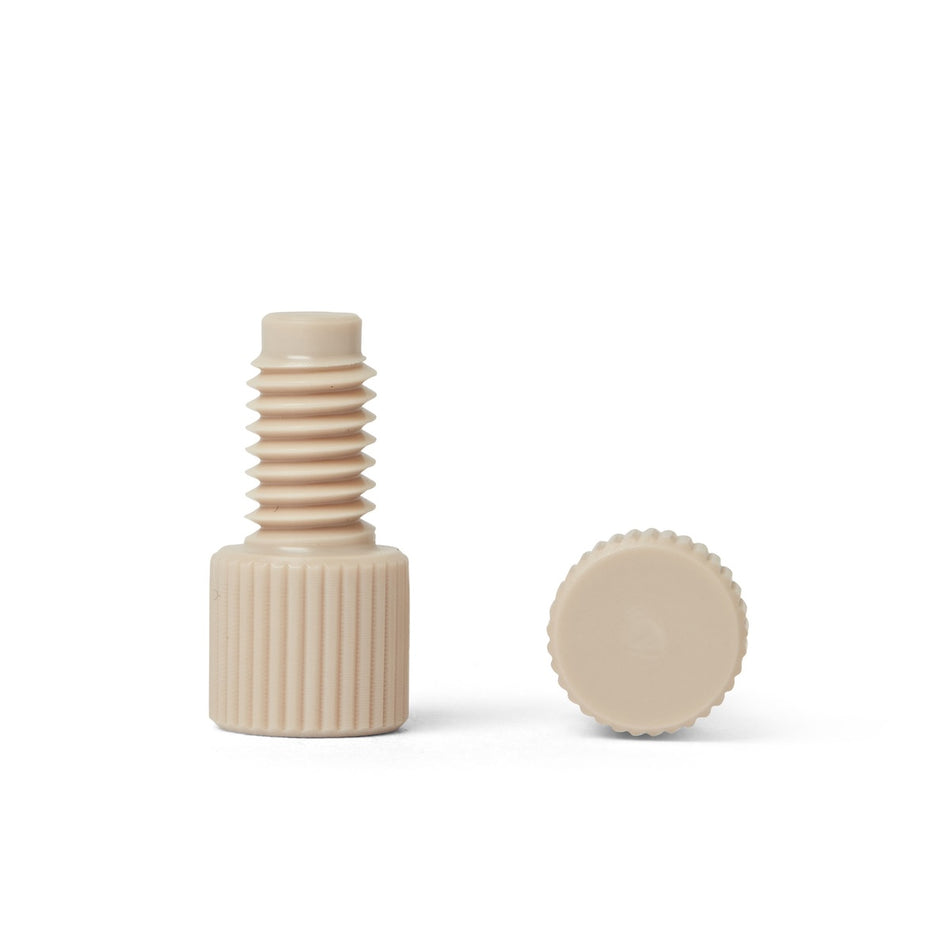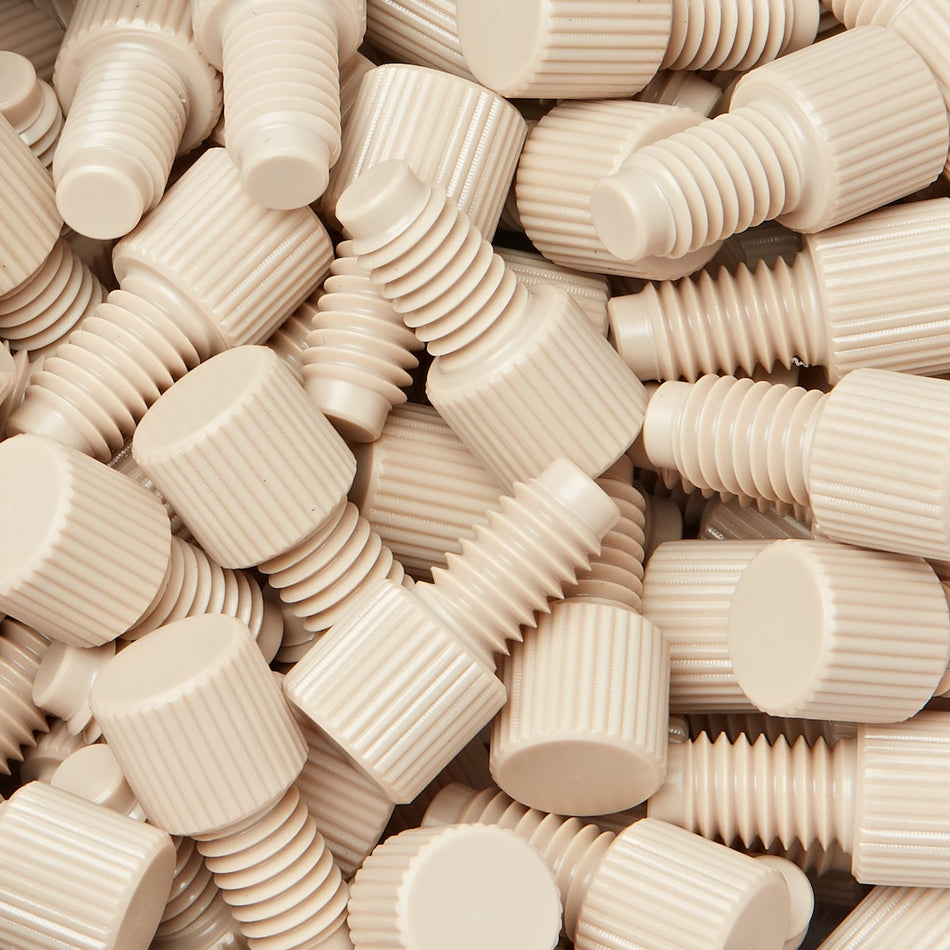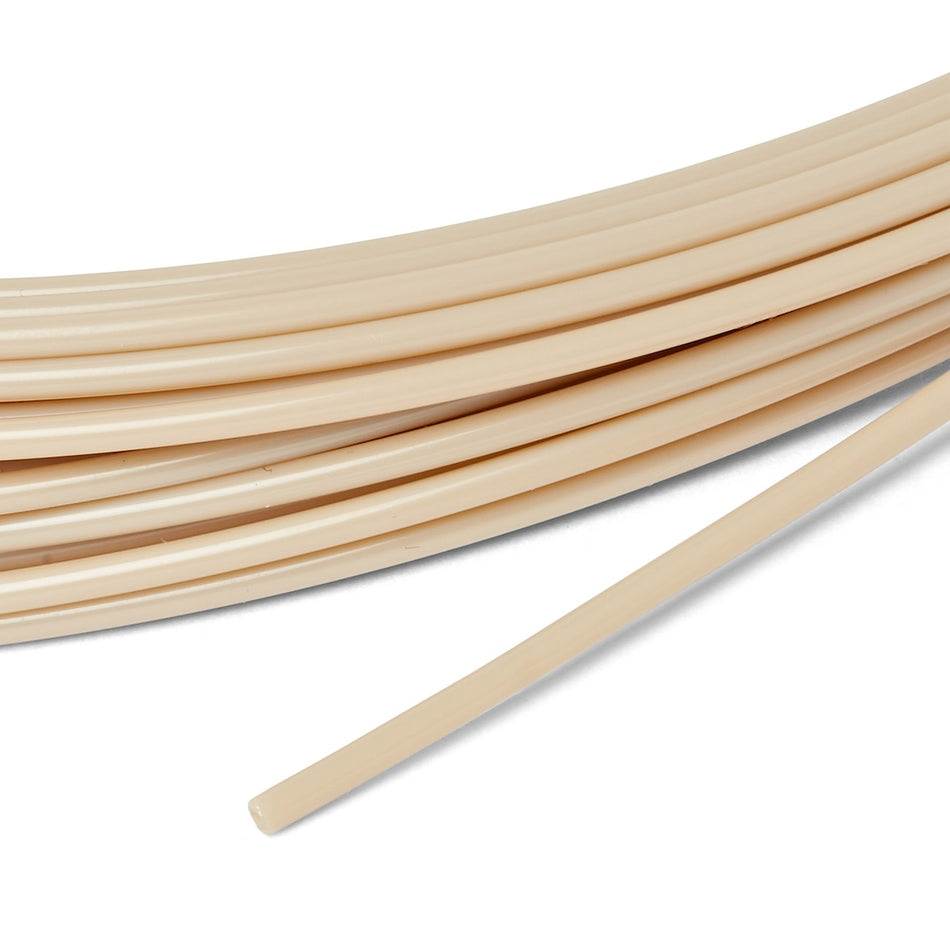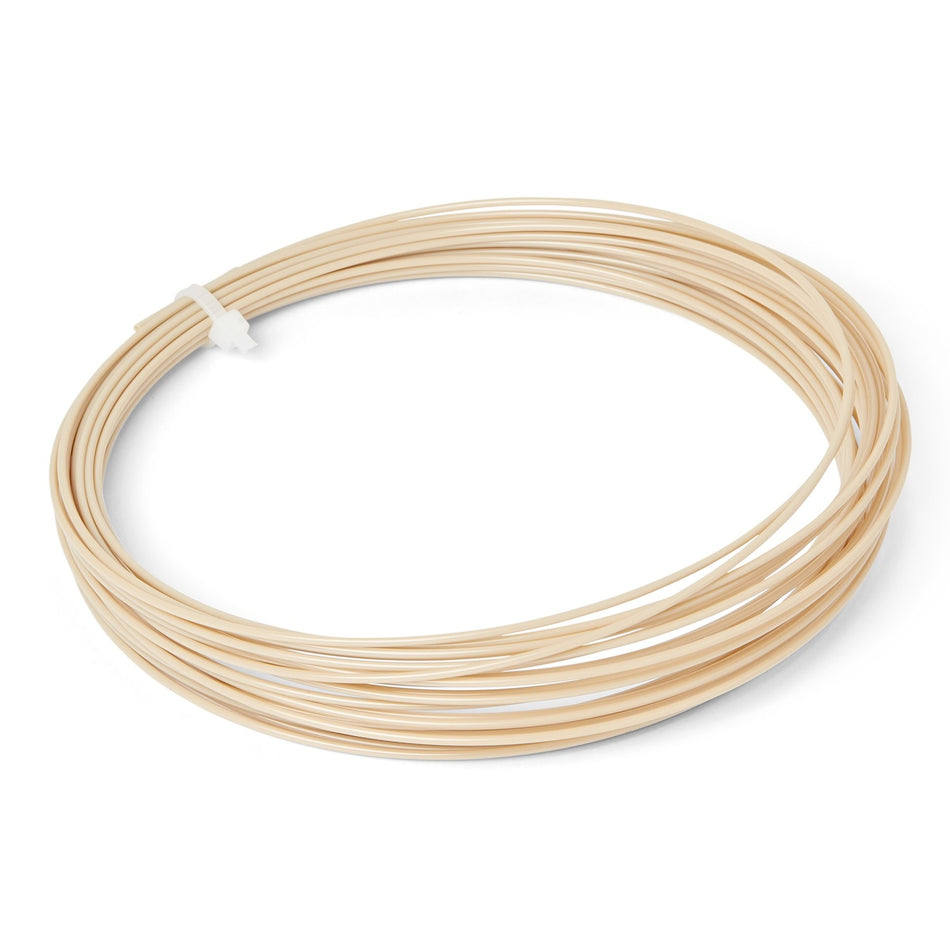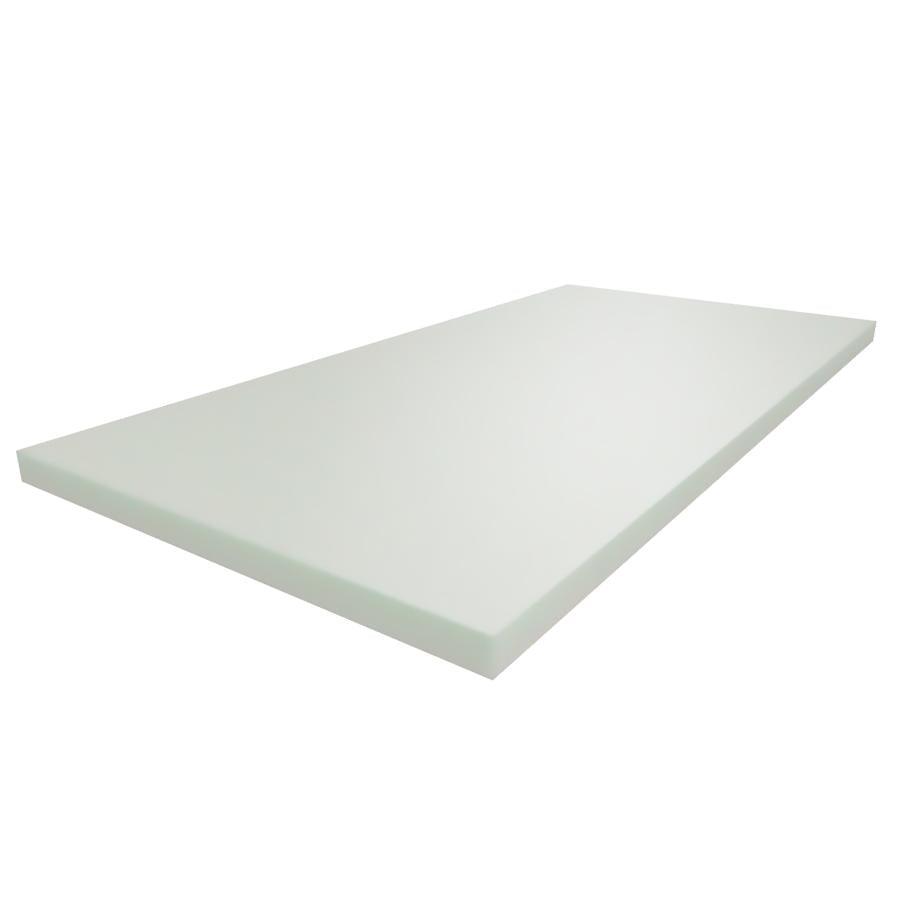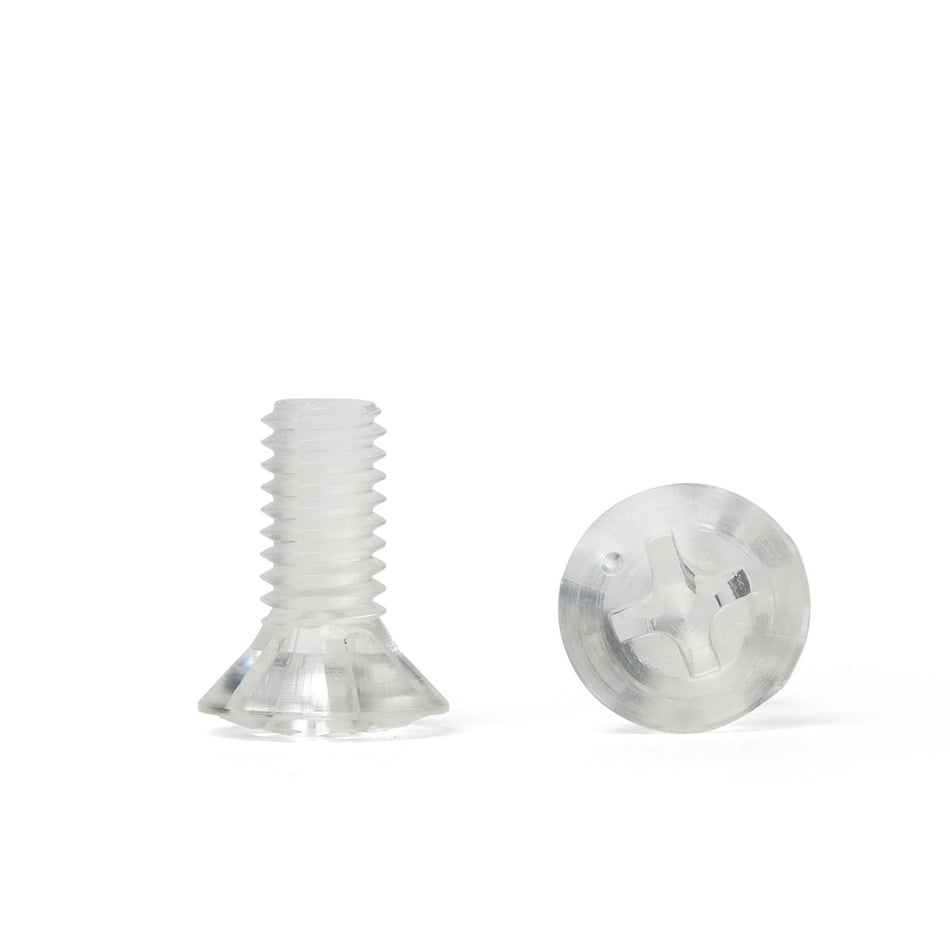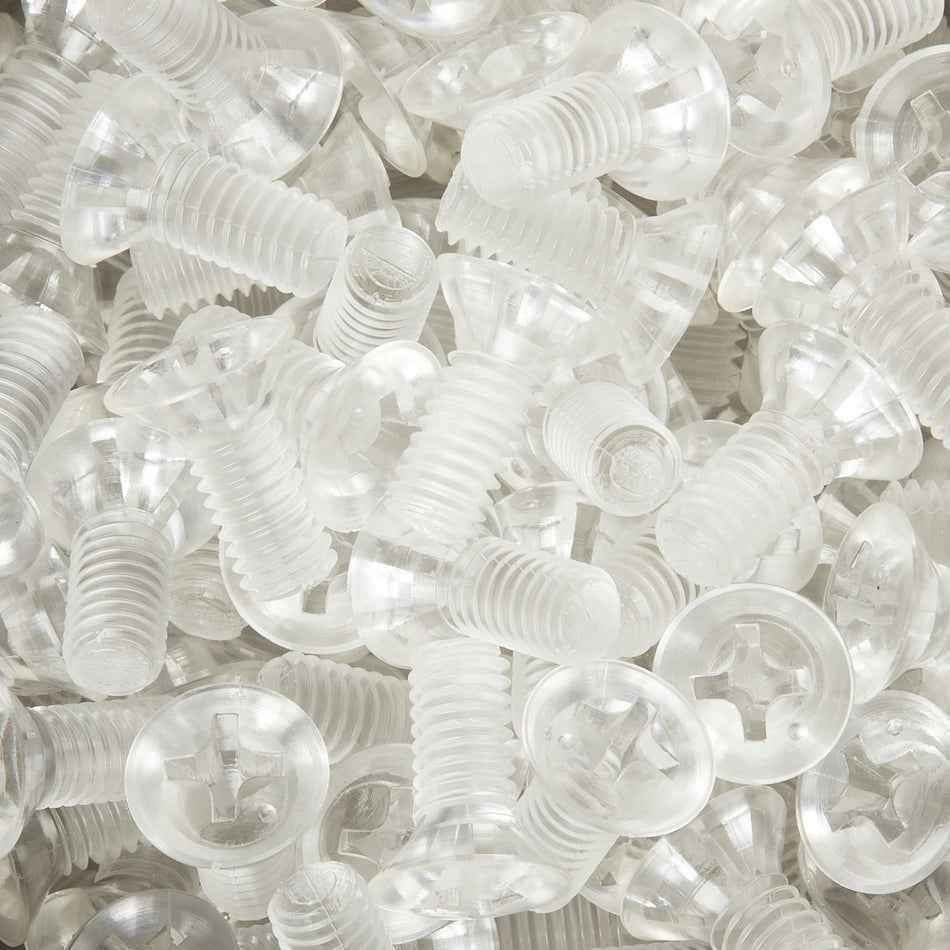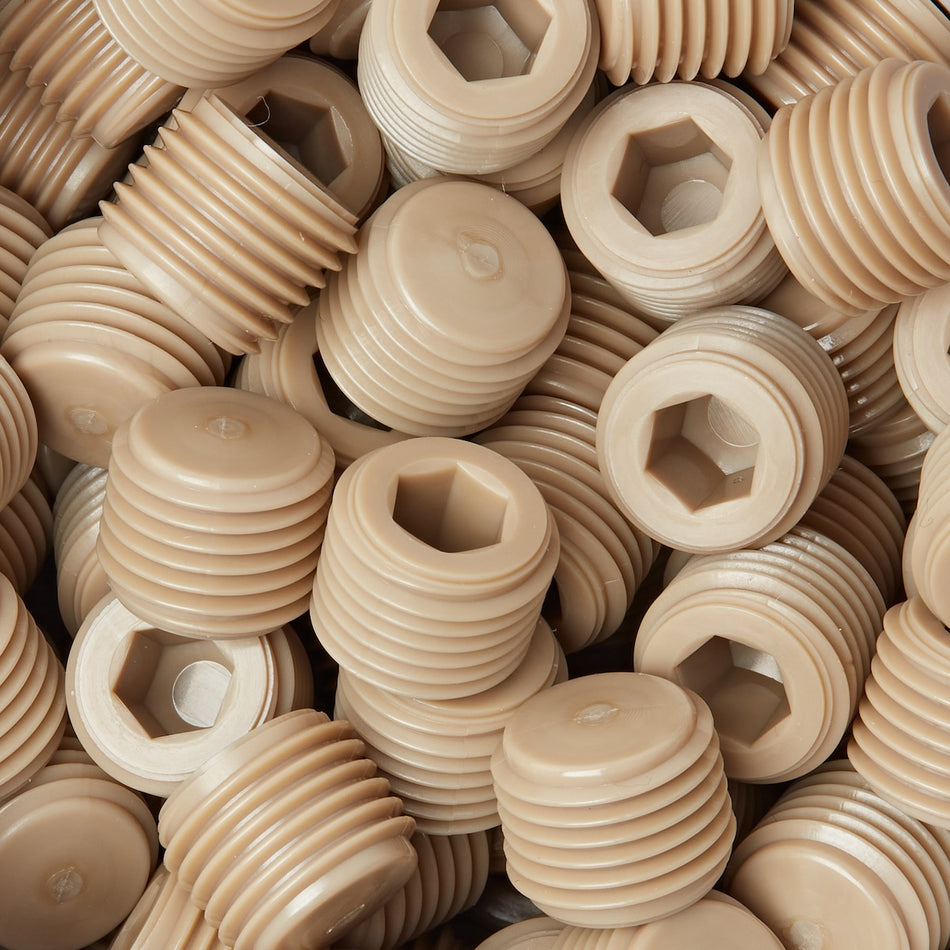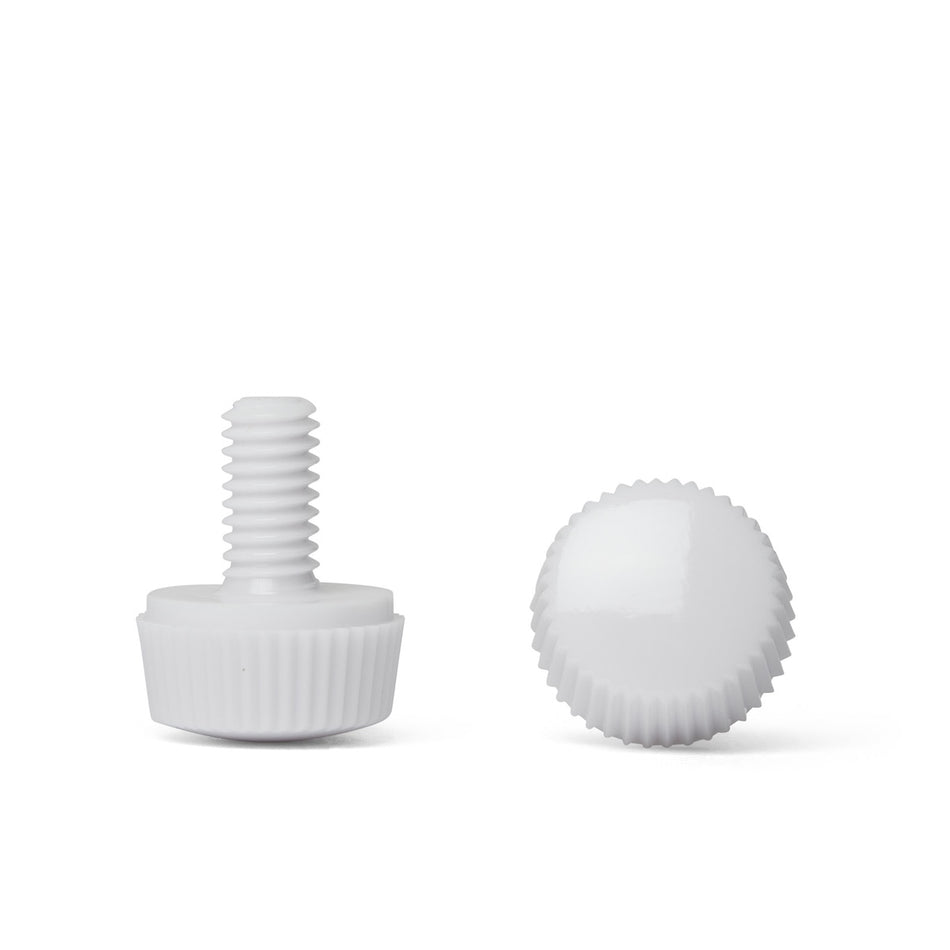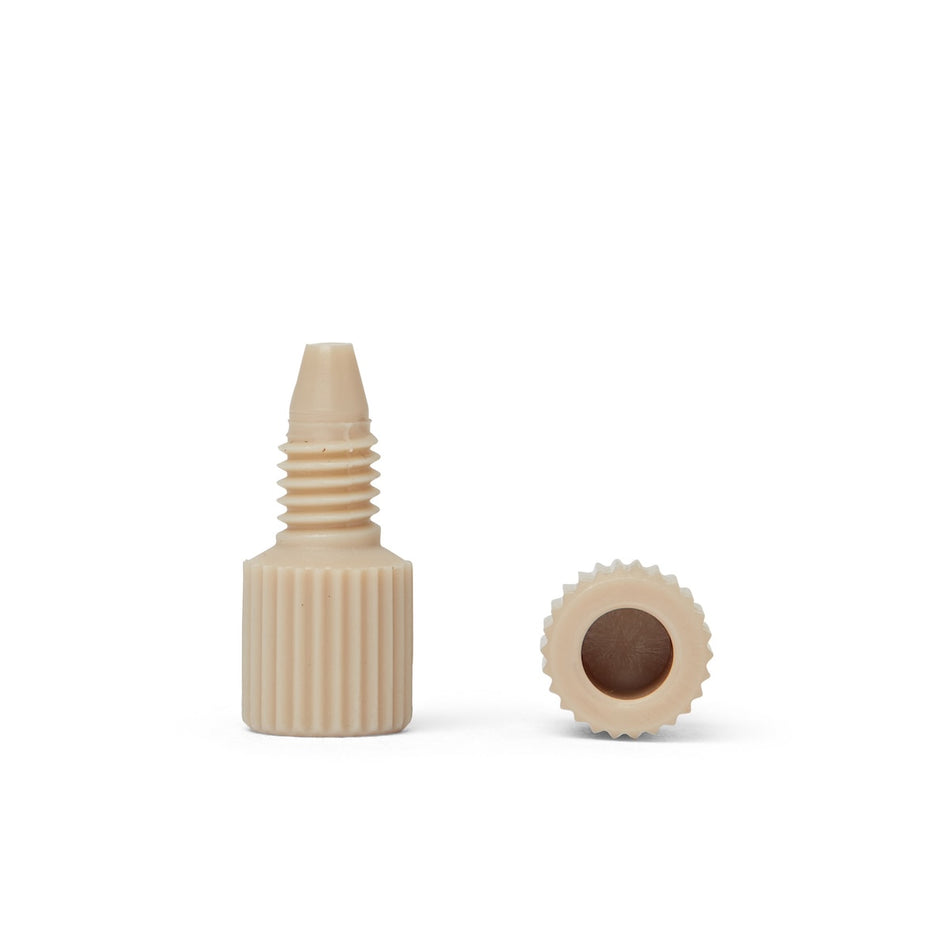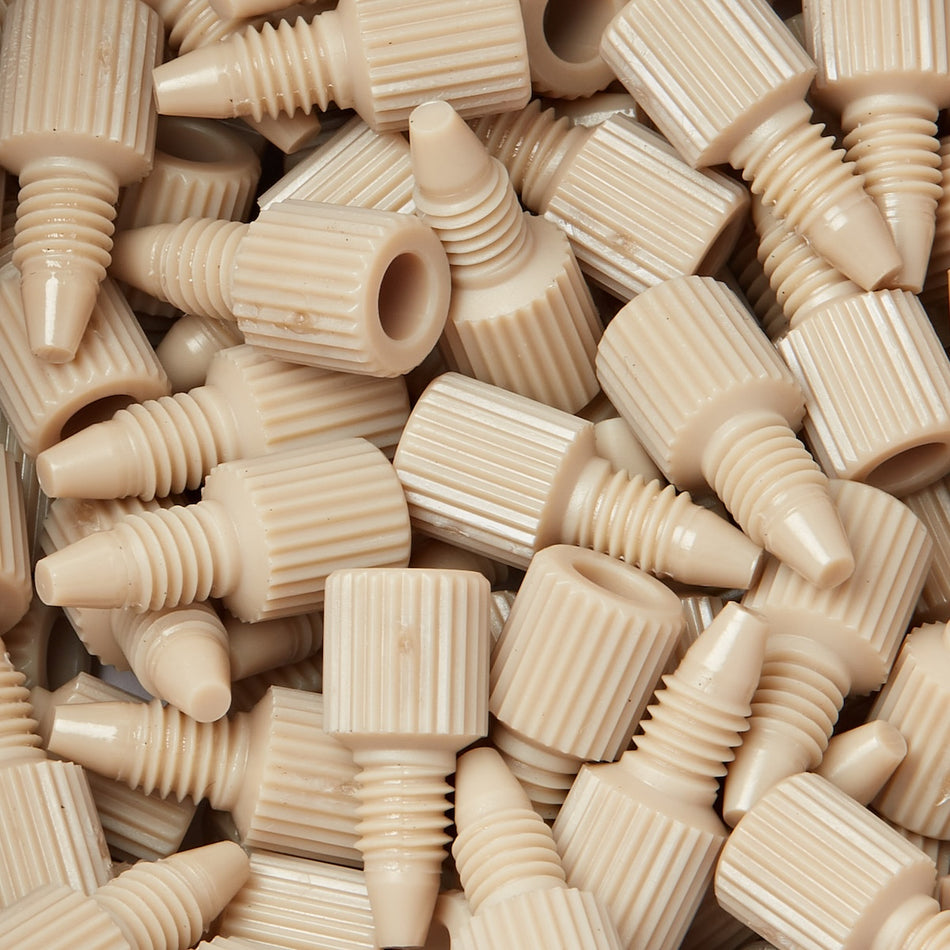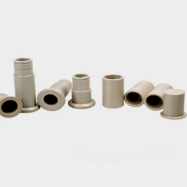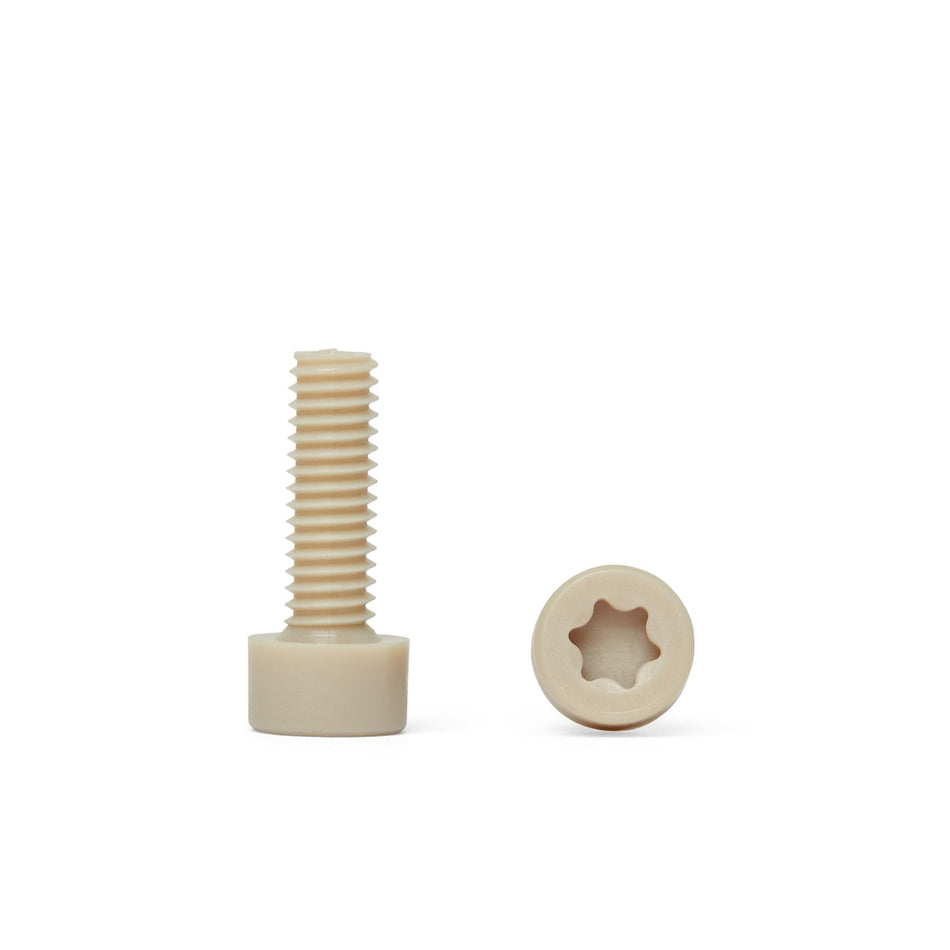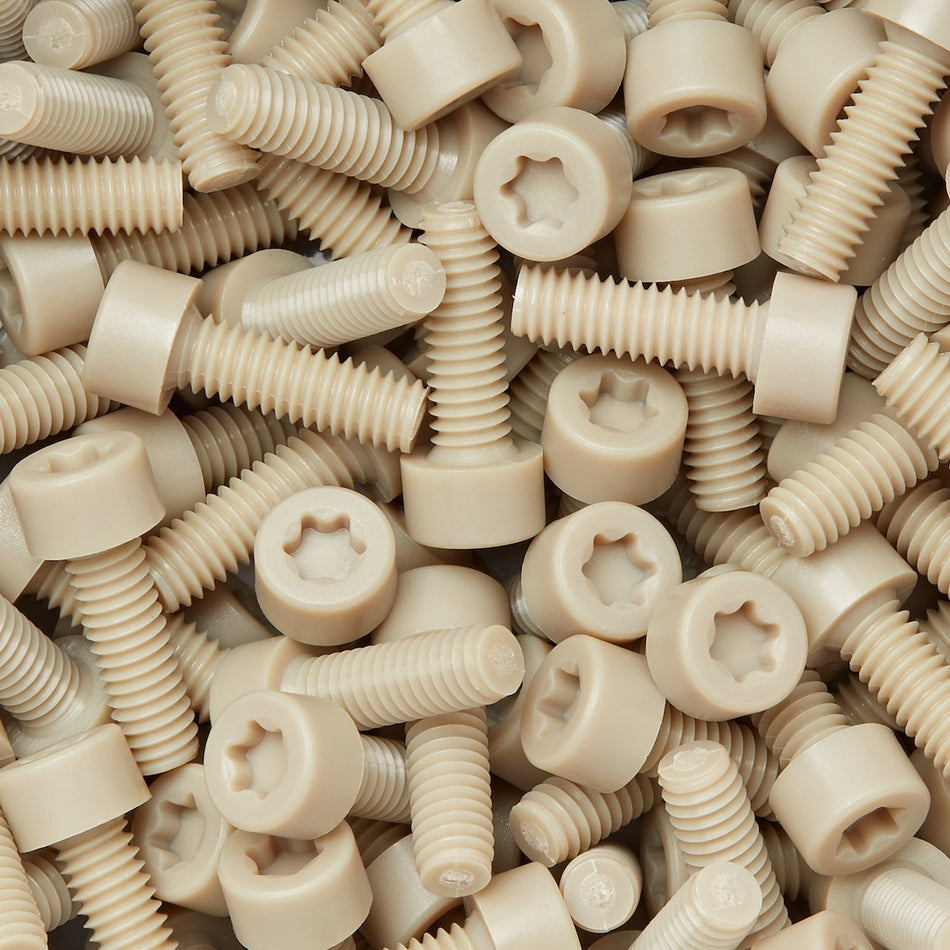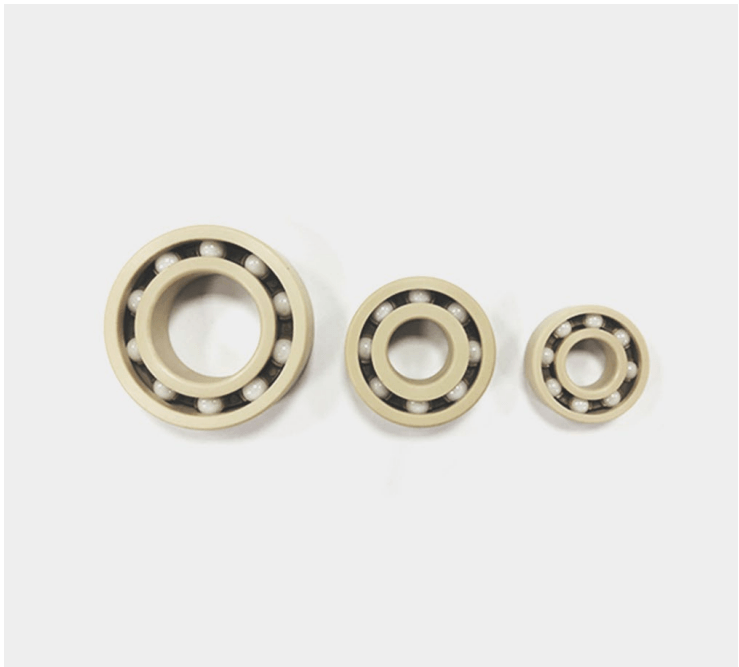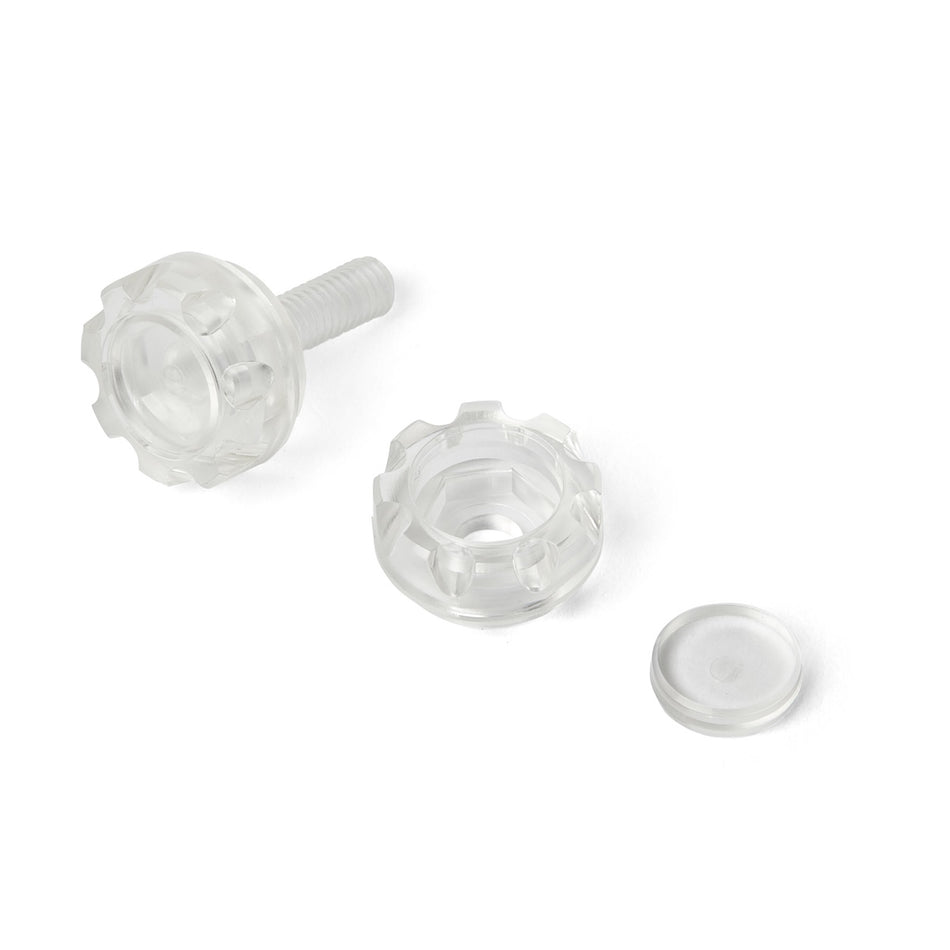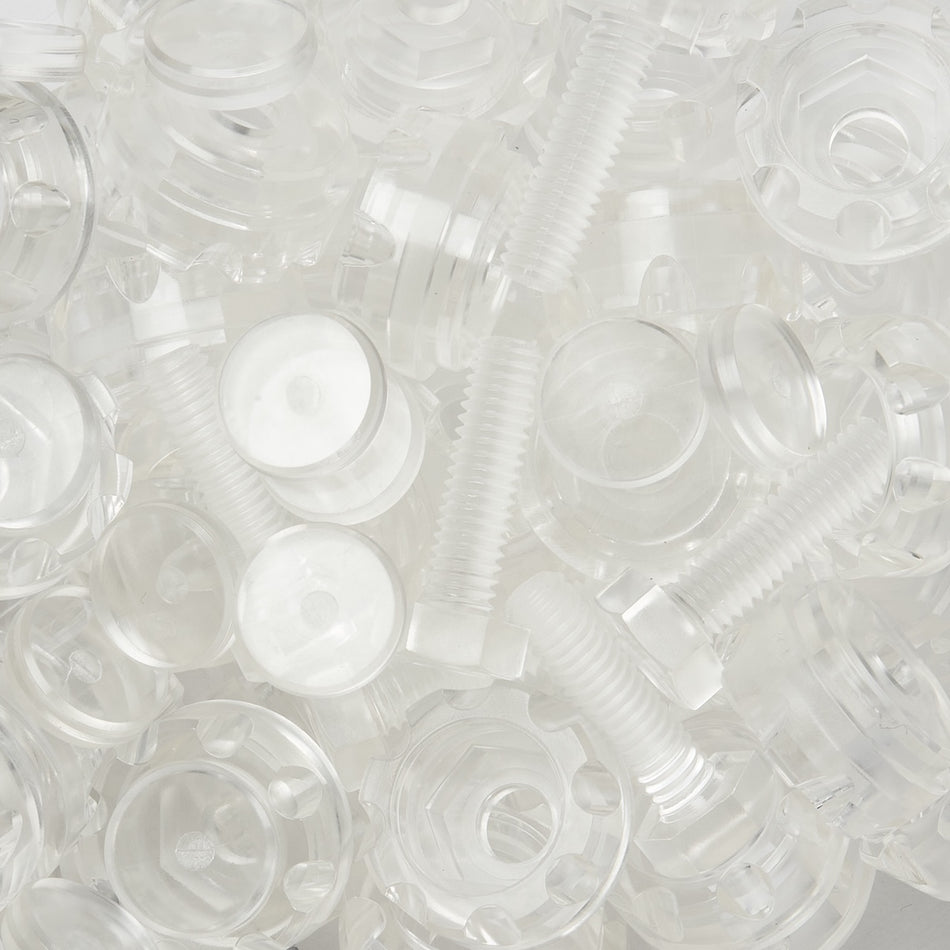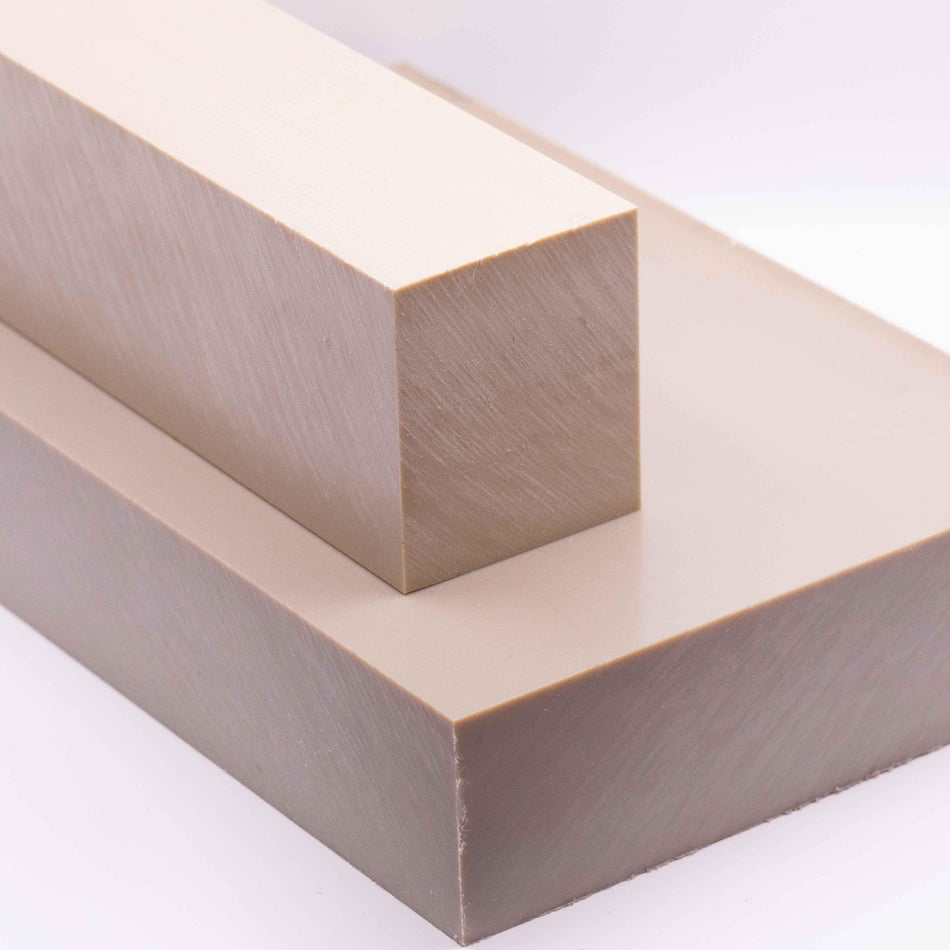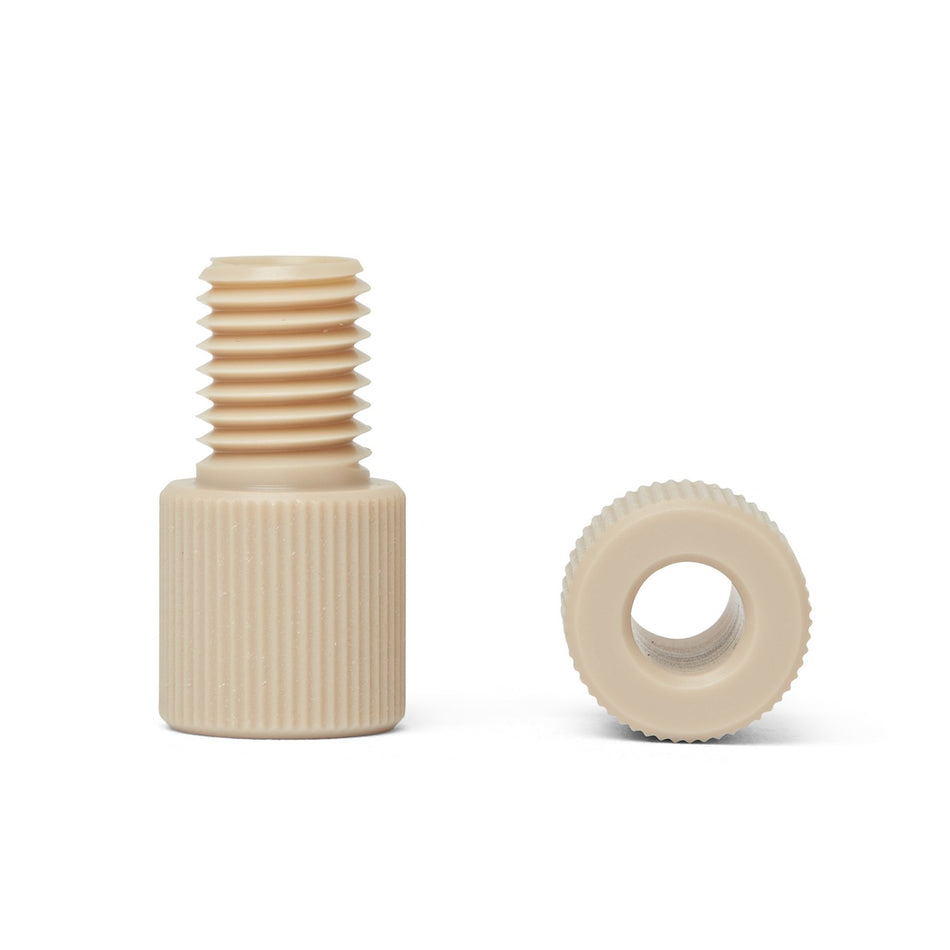107 Produkte

Neuro Science Solutions Industry verwendet Polymerschrauben, Muttern, Bolzen, Unterlegscheiben und Befestigungselemente
Polymer-Befestigungselemente werden aus Kunststoff- oder Verbundmaterialien hergestellt und in einer Vielzahl von Anwendungen als Alternative zu herkömmlichen Metall-Befestigungselementen verwendet. Sie können aufgrund ihrer leichten, korrosionsbeständigen und isolierenden Eigenschaften bevorzugt werden.
Die Neurowissenschaftsbranche umfasst eine breite Palette von Forschungsbereichen, einschließlich Neurowissenschaften, Neurobiologie und Neuropsychologie, und kann den Einsatz einer Vielzahl von Techniken und Werkzeugen beinhalten, wie z. B. Bildgebung des Gehirns, Neurostimulation und Gehirn-Computer-Schnittstellen. Es ist möglich, dass Polymer-Befestigungselemente bei der Herstellung und Montage von Geräten und Instrumenten verwendet werden, die in der neurowissenschaftlichen Forschung verwendet werden, wie z. B. Neuroimaging-Geräte, Neurostimulationsgeräte und Gehirn-Computer-Schnittstellen. Diese Befestigungselemente können verwendet werden, um Komponenten und Sensoren zu befestigen und anzubringen oder um Proben und Proben zu befestigen und zu befestigen.
Die Branche für neurowissenschaftliche Lösungen besteht aus Unternehmen und Organisationen, die Produkte und Dienstleistungen im Zusammenhang mit der Erforschung des Nervensystems und des Gehirns anbieten. Dazu gehören Unternehmen, die Software und andere Tools zur Analyse und Interpretation von Gehirndaten entwickeln, sowie Unternehmen, die Produkte und Therapien zur Behandlung neurologischer Erkrankungen entwickeln.
Einige Beispiele für Produkte und Dienstleistungen, die von Unternehmen in der Branche für neurowissenschaftliche Lösungen angeboten werden, sind:
- Neuroimaging-Software und -Hardware: Tools zum Sammeln und Analysieren von Bildgebungsdaten des Gehirns, wie z. B. funktionelle Magnetresonanztomographie (fMRI) und Elektroenzephalographie (EEG)
- Neurostimulationsgeräte: Geräte, die elektrische oder magnetische Reize verwenden, um das Gehirn oder das Nervensystem zu stimulieren, wie Tiefenhirnstimulatoren und transkranielle Magnetstimulationsgeräte (TMS).
- Neuropharmaka: Arzneimittel und andere Therapien zur Behandlung neurologischer Erkrankungen wie Epilepsie, Parkinson und Alzheimer
- Gehirn-Computer-Schnittstellen: Technologien, die es Benutzern ermöglichen, Geräte oder Computer mit ihren Gedanken zu steuern
Insgesamt spielt die Branche für neurowissenschaftliche Lösungen eine entscheidende Rolle bei der Verbesserung unseres Verständnisses des Gehirns und des Nervensystems sowie bei der Entwicklung von Behandlungen und Therapien für neurologische Erkrankungen.

